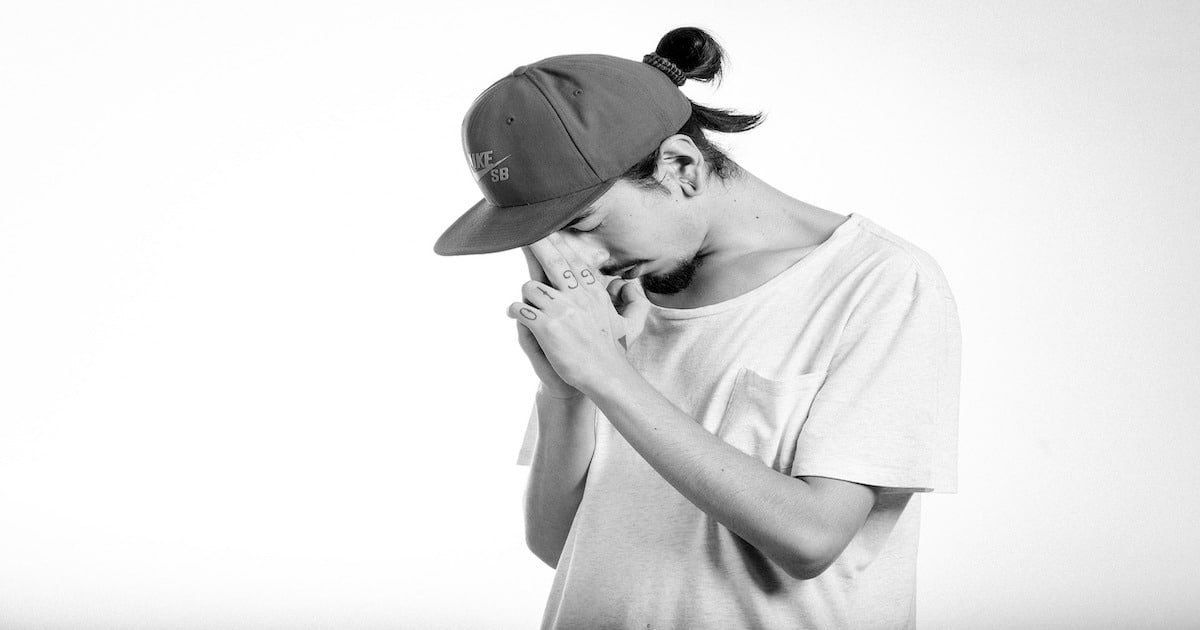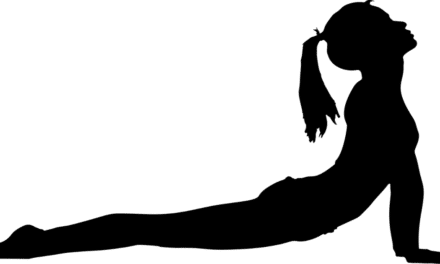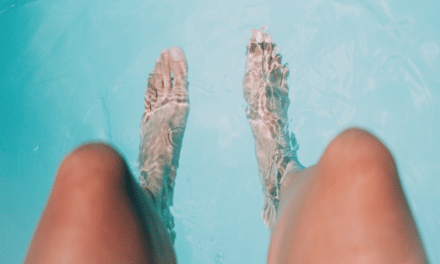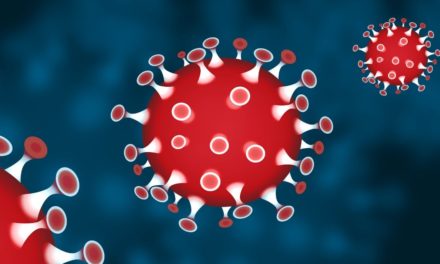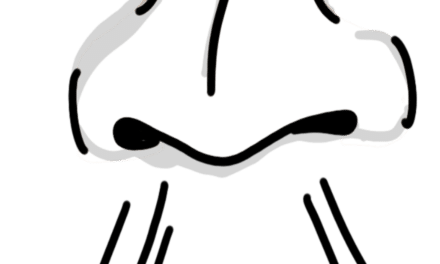The Wim Hof Breathing technique is a breathing exercise that can enhance the oxygenation you feel throughout your body. As I have mentioned multiple times, breathing is crucial to facilitating red blood cells’ travel in your body and decreased fatigue, improves energy level, and helps your muscle recover/develop. Like meditation, it would promote sleep quality, assist in food digestion, process all nutrients effectively, reduce stress levels, and improve your immune system. In a time of Covid-19, these factors are crucial, especially for a condition that negatively affects the immune system.
The Wim Hof Method website includes further information on this breathing method. The exercise involves holding your breath for as long as you can multiple times, providing a short stress response, which improves your resilience to future stressful situations. By countering stress, which can take form as inflammation that could impair your body, you help yourself in the long run. Without as much pressure, you allow your body to flourish as you will have a balanced mental and physiological state. The method can reduce symptoms of arthritis, asthma, several autoimmune diseases, Parkinson’s disease (a brain disorder that results in shaking, stiffness, difficulty with walking, and issues with balance, walking, and coordination) vasculitis (inflammation of the blood cells), sarcoidosis (growth in inflammatory cells throughout the body). The benefits and the ability to reduce risks for these diseases show how influential l the technique can be for you.
Some other benefits include enhanced focus and clarity, greater creativity, and improved sports performance. Better focus and clarity will help you remain productive with recovery, exercise protocols, work, etc. You will have more time to enjoy life and complete the things that are important to you. The knowledge that you are productive works to enhance your overall confidence levels that can have a wide influence on every aspect of your life. Enhanced creativity can help you manage your life better, have more fun, and studies display that it improves your well-being as well. Sports performance prevents exhaustion and can develop/maintain muscle mass which is crucial for a muscle-wasting disease.
To display the Wim Hof Method, a video called “Guided Wim Hof Method Breathing,” gives a guide to completing this technique. There are three rounds in total. The first round involves you breathing through your nose and out your mouth following the bubble’s rhythm in the video. You will complete 30 of these, and on the final one, the video will ask you to hold for a minute. If you cannot hold for that long, hold for as long as you can. Following that, you will take a deep breath in and hold for 15 seconds marking the end of the first round. The second round repeats 30 breaths following the bubbles; however, you need to retain it for 1 minute and 30 seconds on the last breath. Once again, you can breathe if you can no longer hold your breath. Then, breathe in deeply and hold that pose for 15 seconds. Round 3 repeats Round 2. Following Round 3, you completed the breathing exercise.
Wim Hof explains that you should perform this exercise whenever you feel down, are low on energy, or are on the verge of being sick perform this breathing exercise. I usually complete this exercise one to two times a day, and it seems to work for me. Breathing is responsible for many things throughout our bodies. The respiratory systems ensure your body remains balanced, is continually repairing itself, and organs remain healthy. With this balance, the endocrine or hormone system in your body is working at optimal levels. It can produce melatonin, serotonin, dopamine, etc., which ensures you can live your best life. This breathing technique allows me to relax in a stressful environment (the most recent would be when I did a senior speech and did the exercise before the speech and found that it helped reduce stress and made the speech far easier than I expected). I would recommend this technique for everybody who wants to help themselves.

